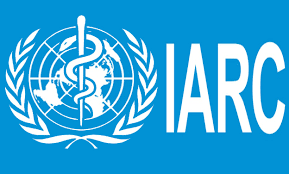Chemycal has been acquired by 3E
Learn MoreChemycal has been acquired by 3E
Learn MoreDiscover how Chemycal PRO helps you boosting your regulatory monitoring:

Lyon, France, 9 October 2020 – The International Agency for Research on Cancer (IARC), the cancer agency of the World Health Organization (WHO), has evaluated the carcinogenicity of opium consumption. A Working Group of 16 international experts was convened by the IARC Monographs programme for a meeting, which was held remotely. After thoroughly reviewing the available scientific literature, the Working Group classified opium consumption as carcinogenic to humans (Group 1). A summary of the final evaluations has now been published online in The Lancet Oncology. The detailed assessments will be published as Volume 126 of the IARC Monographs.
Results of the evaluation There was sufficient evidence for the carcinogenicity of opium consumption in humans. Opium consumption causes cancers of the larynx, lung, and urinary bladder. There was also strong mechanistic evidence in experimental systems that opium in the form of sukhteh (opium dross, the tarry residues formed after smoking raw opium) and opium pyrolysates (solid residues of combusted opium) exhibits key characteristics of carcinogens. There was inadequate evidence in experimental animals regarding the carcinogenicity of opium consumption. The Group 1 classification applies to both ingestion and smoking as routes of exposure and to all forms of minimally processed opium that are consumed (e.g. raw opium, opium dross, and opium sap). It does not apply to other opiates (e.g. heroine , morphine, and codeine) or opioids (e.g. fentanyl).
A summary of the evaluations has now been published in The Lancet Oncology: article; pdf.
Read the Q&A
View the infographic
Read the press release
CONTINUE READING ON monographs.iarc.fr
2013 © MyChemicalMonitoring. ALL Rights Reserved. About Us | Terms and Conditions